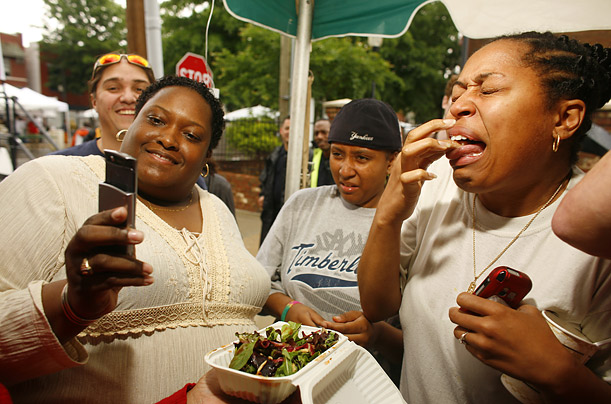Eating Insects on Purpose
Thursday, July 28th, 2016This is Passport to Texas
The practice of eating insects is called entomophagy—and 19-hundred species have been identified as edible.
In terms of foraging for insects in the wild, I’ll just caution: we don’t recommend people do this to get their insects.
Lee Cadesky is co-founder with his brother Eli of C-Fu Foods, Inc. and One Hop Kitchen. They developed an ecological and sustainable meat alternative using insect protein. While most insects are edible, Lee says if you want nibble on some, don’t harvest them from the backyard; instead, buy bugs raised for human consumption.
Just to make sure, you know, you don’t want pesticide residues. And also that you aren’t harming the wild stocks of insects that are out there by over gathering them.
However—and let’s hope this never happens—if you lose your way in the wilderness while on a hike, this is the time to forage for insects to keep up your strength until a search party finds you.
If you do find yourself stranded, most ants are edible; they’re a little sour. They contain formic acid. Crickets tend to be edible. In general, most insect species are edible. You want to avoid ones that have bright colors. That’s typically a signal that there’s some kind of poison or toxin in the insect, and they’re trying to warn you: don’t eat me—I could hurt you.
Or you could remember to pack protein bars.
That’s our show for today… Funding provided in part by Ram Trucks. Guts. Glory. Ram
For Texas Parks and Wildlife, I’m Cecilia Nasti.



 Passport to Texas is a
Passport to Texas is a  Passport to Texas is made available by:
Passport to Texas is made available by: